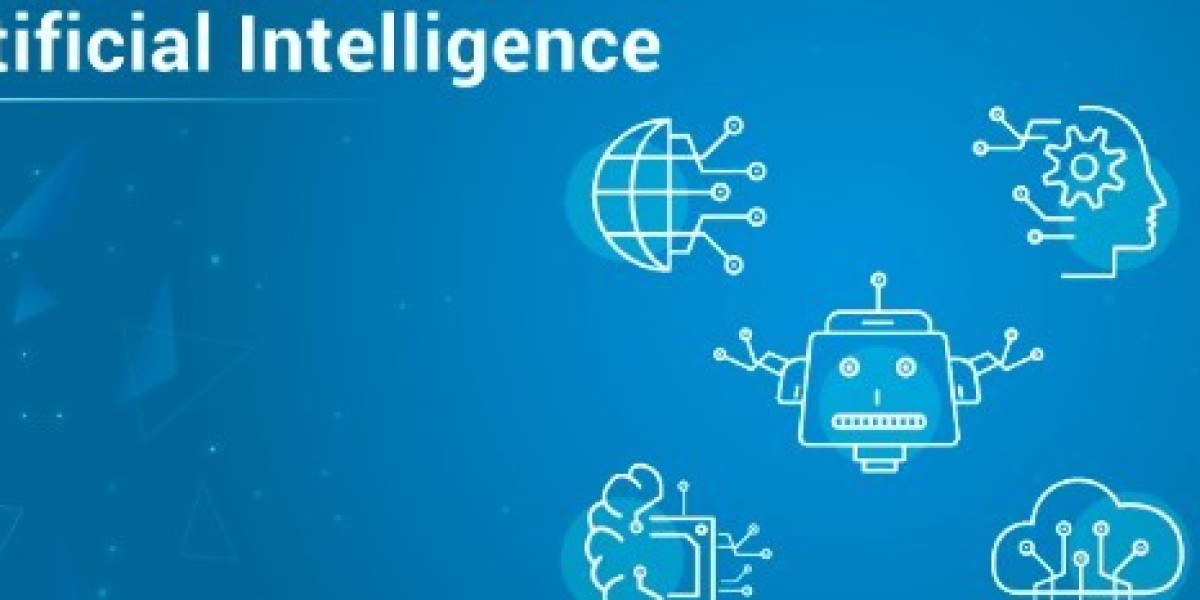Data visualization libraries in AI refer to software tools and libraries that enable the creation of visually appealing and informative visual representations of data. These libraries provide a range of functionalities and pre-built visualization techniques to help users effectively communicate and understand complex patterns, trends, and insights derived from AI models and analyses.
Data visualization plays a crucial role in AI as it allows individuals, including data scientists, analysts, and decision-makers, to explore and communicate data in a visual format. By presenting data visually, complex information can be more easily comprehended and interpreted, enabling faster and more informed decision making.
There are several popular data visualization libraries used in AI that offer diverse capabilities and flexibility:
1. Matplotlib: Matplotlib is a widely used data visualization library in the Python ecosystem. It provides a comprehensive range of visualization types, including line plots, scatter plots, bar charts, histograms, and more. Matplotlib offers fine-grained control over plot customization and supports the creation of publication-quality graphics.
2. Plotly: Plotly is an interactive and web-based data visualization library that allows users to create interactive plots, charts, and dashboards. It supports a wide range of visualization types, including line plots, scatter plots, heatmaps, and 3D plots. Plotly visualizations can be embedded in web applications or shared online for interactive exploration.
3. Seaborn: Seaborn is a Python library built on top of Matplotlib that focuses on statistical data visualization. It offers a higher-level interface for creating aesthetically pleasing statistical graphics, including box plots, violin plots, heatmaps, and pair plots. Seaborn simplifies the process of visualizing relationships and distributions in data.
4. Tableau: Tableau is a powerful and user-friendly data visualization tool that offers a drag-and-drop interface. It enables users to create interactive visualizations, dashboards, and reports without the need for coding. Tableau supports a wide range of data sources and provides advanced features like data blending, mapping, and collaborative analytics.
5. ggplot2: ggplot2 is an R package inspired by the Grammar of Graphics concept. It provides a flexible and powerful framework for creating visually appealing and customizable plots. ggplot2 offers a layered approach to building plots and supports a wide range of visualizations, including scatter plots, line plots, bar charts, and more.
6. D3.js: D3.js (Data-Driven Documents) is a JavaScript library that allows users to create highly interactive and custom visualizations. D3.js provides a low-level API for building data-driven visualizations using web standards (HTML, SVG, CSS) and enables the creation of dynamic and animated graphics.
These data visualization libraries offer various features such as support for different data formats, customization options, interactivity, and integration with other AI tools and frameworks. They enable users to generate insightful visualizations, uncover hidden patterns, present findings effectively, and facilitate data-driven decision making. By obtaining an Artificial Intelligence Certification, you can advance your career in Artificial Intelligence. With this course, you can demonstrate your expertise in the basics of implementing popular algorithms like CNN, RCNN, RNN, LSTM, and RBM using the latest TensorFlow 2.0 package in Python, many more fundamental concepts, and many more critical concepts among others.
By utilizing data visualization libraries in AI, users can gain a deeper understanding of their data, identify trends and anomalies, communicate insights more effectively, and ultimately derive maximum value from their AI models and analyses.






